When the biggest electric grid operator in the country reports
For the first time in recent history, PJM could face decreasing reserve margins should these trends – high load growth, increasing rates of generator retirements, and slower entry of new resources – continue. The amount of generation retirements appears to be more certain than the timely arrival of replacement generation resources, given that the quantity of retirements is codified in various policy objectives, while the impacts to the pace of new entry of the Inflation Reduction Act, post-pandemic supply chain issues, and other externalities are still not fully understood.
Maintaining an adequate level of generation resources, with the right operational and physical characteristics, is essential for PJM’s ability to serve electrical demand through the energy transition.
Our research highlights four trends below that we believe, in combination, present increasing reliability risks during the transition, due to a potential timing mismatch between resource retirements, load growth and the pace of new generation entry under a possible “low new entry” scenario:
The growth rate of electricity demand is likely to continue to increase from electrification coupled with the proliferation of high-demand data centers in the region.
Thermal generators are retiring at a rapid pace due to government and private sector policies as well as economics.
Retirements are at risk of outpacing the construction of new resources, due to a combination of industry forces, including siting and supply chain, whose long-term impacts are not fully known.
PJM’s interconnection queue is composed primarily of intermittent and limited-duration resources. Given the operating characteristics of these resources, we need multiple megawatts of these resources to replace 1 MW of thermal generation.
And the only people interested in reporting this clarion call of impending doom were bloggers, trade press, and media outlets designated biased and unacceptable. Where were the mainstream media? They were too busy pretending that a whole bunch of new transmission would allow regions like PJM to "borrow" power from neighboring regions to keep the lights on. Except those regions are also struggling with the same issues and were expecting to borrow from PJM. Or maybe they were making up stories about how the grid is failing. Or that the weather is getting worse. Or that we need lots more wind and solar to stop climate change. Or maybe there are too many plastic straws?
What happens when the blackouts start? We almost had one in PJM on Christmas Eve. And because we were short on generation here, and the Tennessee Valley Authority could not borrow from us, they actually DID have blackouts. And still the policy idiots who have never even seen PJM's control room, much less talked to the heroes who work there, blathered on about needing more wind + solar + batteries + transmission. My eyes are wide open and I'm seeing that the independent entities whose responsibility is keeping the lights on are increasingly concerned that we're on the path to disaster. In this day of cancel culture, many walk on egg shells to issue a warning without ending up fired, with 100 filthy protestors littering in their front yard and preventing their neighbors from sleeping.
It's real. It's happening. Faster and faster and faster every day. We are retiring too much fossil fuel generation and not replacing it with anything. Let's hope it doesn't damage the grid and plunge us into months or years of darkness before these idiots wake up.
The blackouts are coming!
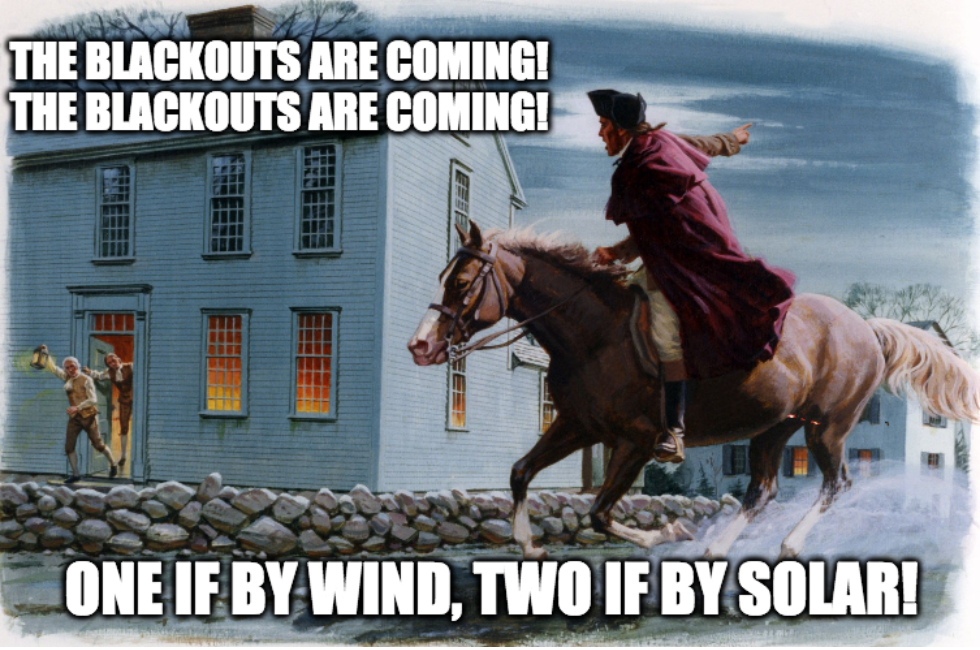
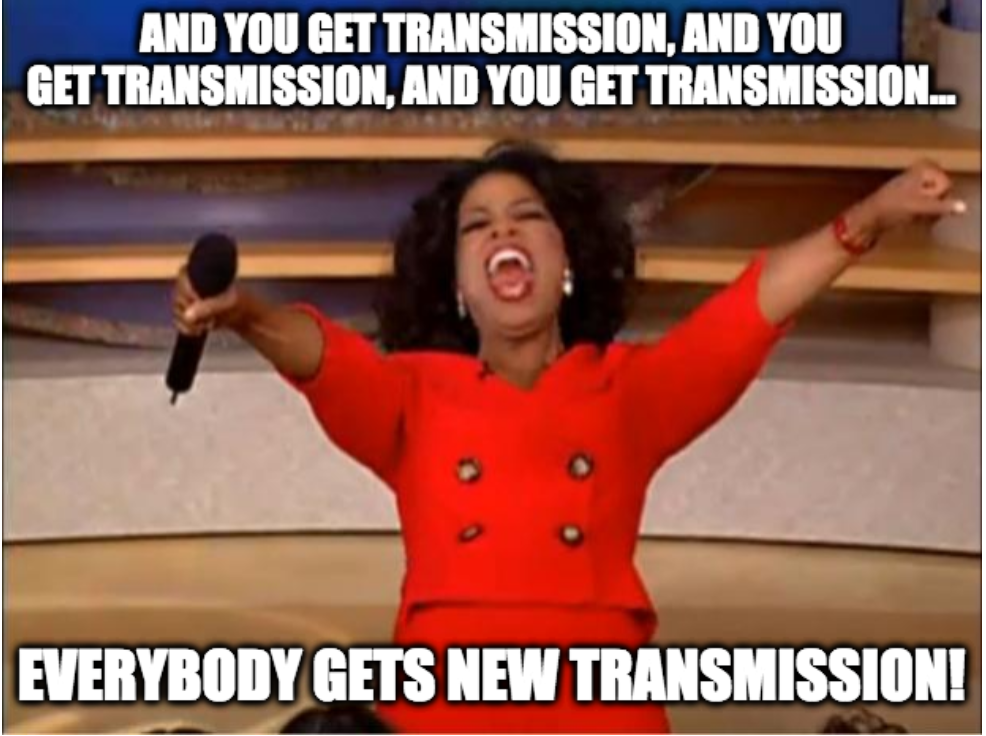
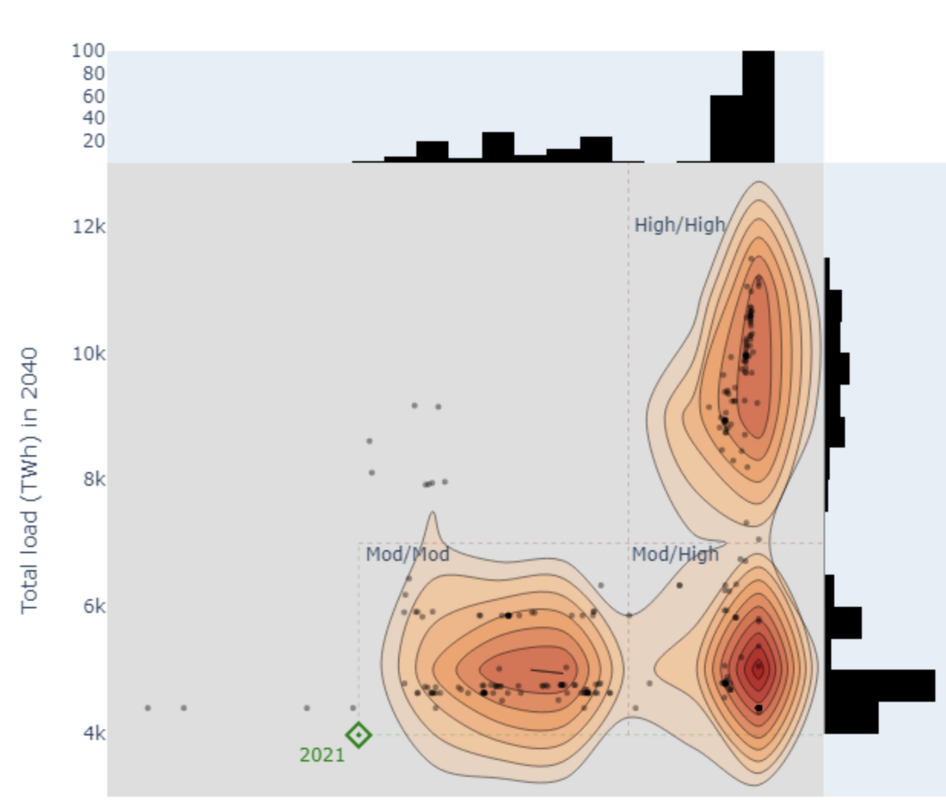

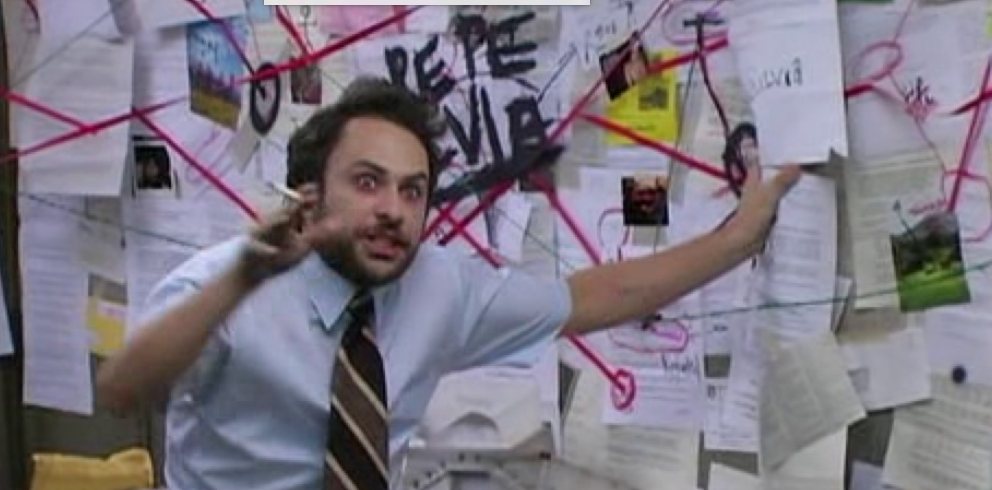


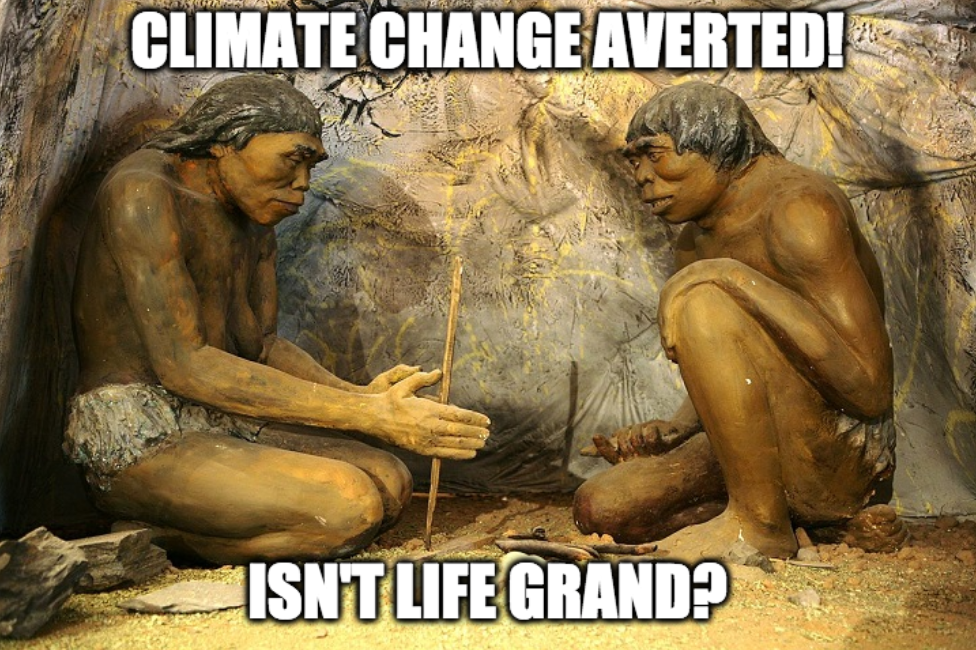

 RSS Feed
RSS Feed